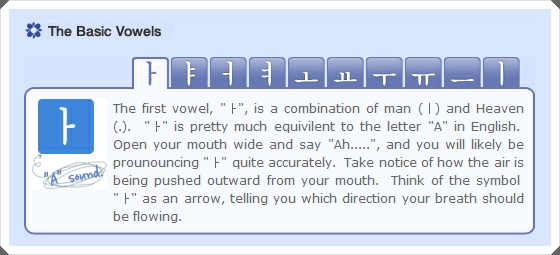 |
| The First Five |
Simple enough. I memorized it right away. It helps if you know how to write in Japanese (Hiragana, Katakana or Kanji) as the strokes will come naturally to you. From there, it's easy to learn the rest of the consonants as they are derived from the first five.
 |
| The Rest of The Family |
They also have double consonants which are pronounced similar to their single counterparts but with more emphasis.
 |
| Double Consonants |
So after the 10-minute lesson, I started practicing on the back of my notebook. Look at my progress! HAHA
 |
| Eww. Look at that squiggly handwriting! |
While practicing, I remembered how to write my name in Korean which I learned a year ago thanks to Hara (하라). Sara(h) = 사 라. Pretty simple, right?
 |
| It's all coming back, it's all coming back to me now. |
Second challenge: learning the vowels and diphthongs. Sure, they are easy to write but to remember? Ah~ confusing! Why do they have to look so similar?? T-T
 |
| The Basic Vowels |
 |
| Diphthongs |
Don't fret though! Mr. Charm Lee has a special method to help you remember them. :)
 |
| Mr. Charm Lee's Special Method |
Putting everything I've learned together after 30 minutes, I was scribbling away on my notebook. In Korean! Sure, I may have the reading and writing speed of a toddler but it's a start. With a little more practice (and a lot of patience), who knows what I'll be able to do in four months?***
 |
| Look, my first sentence in 한글 ! |
If you're currently trying to learn Korean like me: 아자! We can do this! If you haven't started yet but have 30 minutes to spare, head over to Official Korea Tourism Organization's website and check out Mr. Charm Lee's tutorial. Or you may start by clicking the links below:
*Hwaiting (화이팅 or 파이팅) is the Korean way of wishing someone good luck.
**My bestie and I made a pact to try and learn Korean in time for our next trip to Seoul!
***Yes, I need that pep talk! :p

No comments:
Post a Comment
I'd love to hear from you!